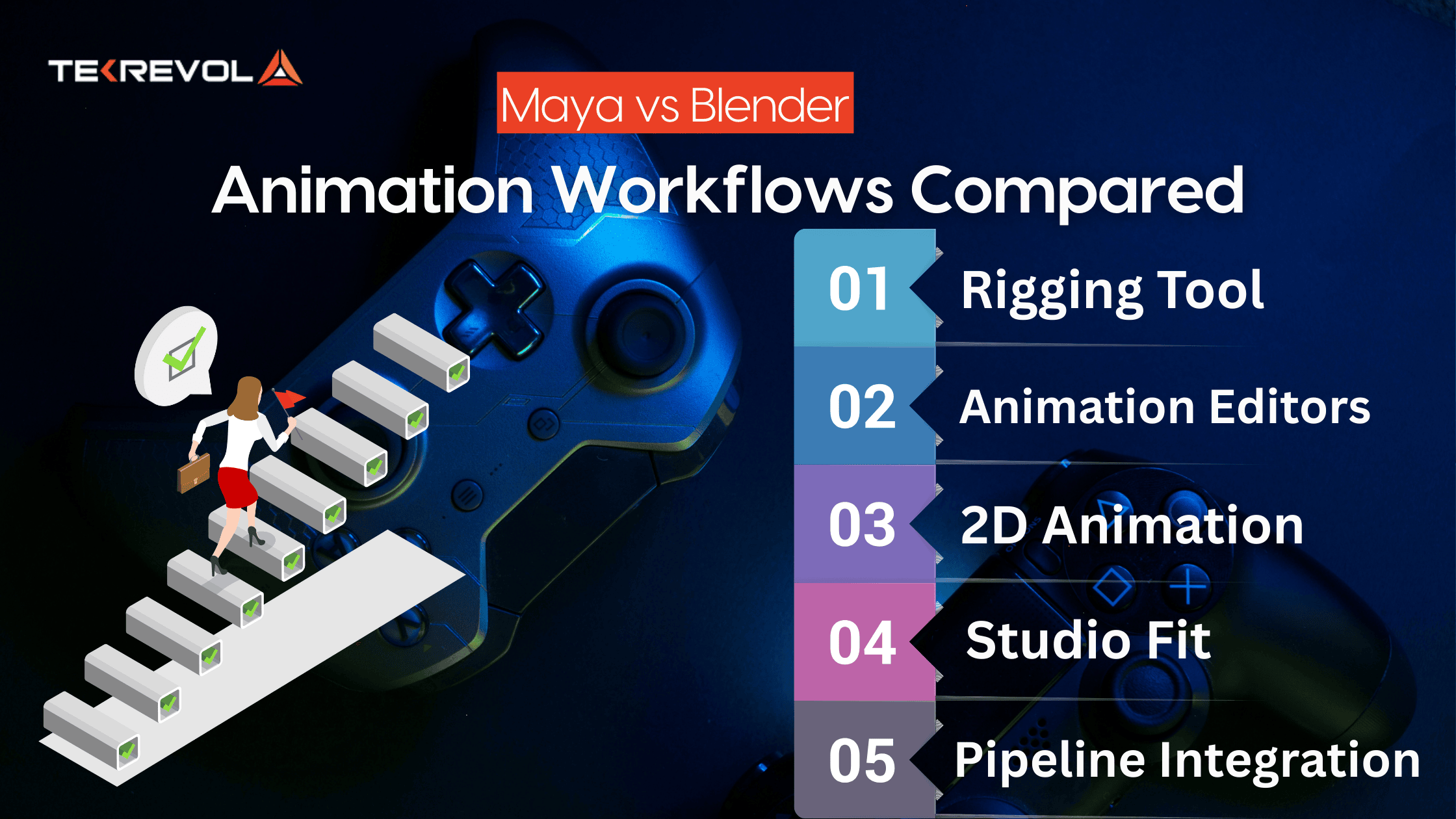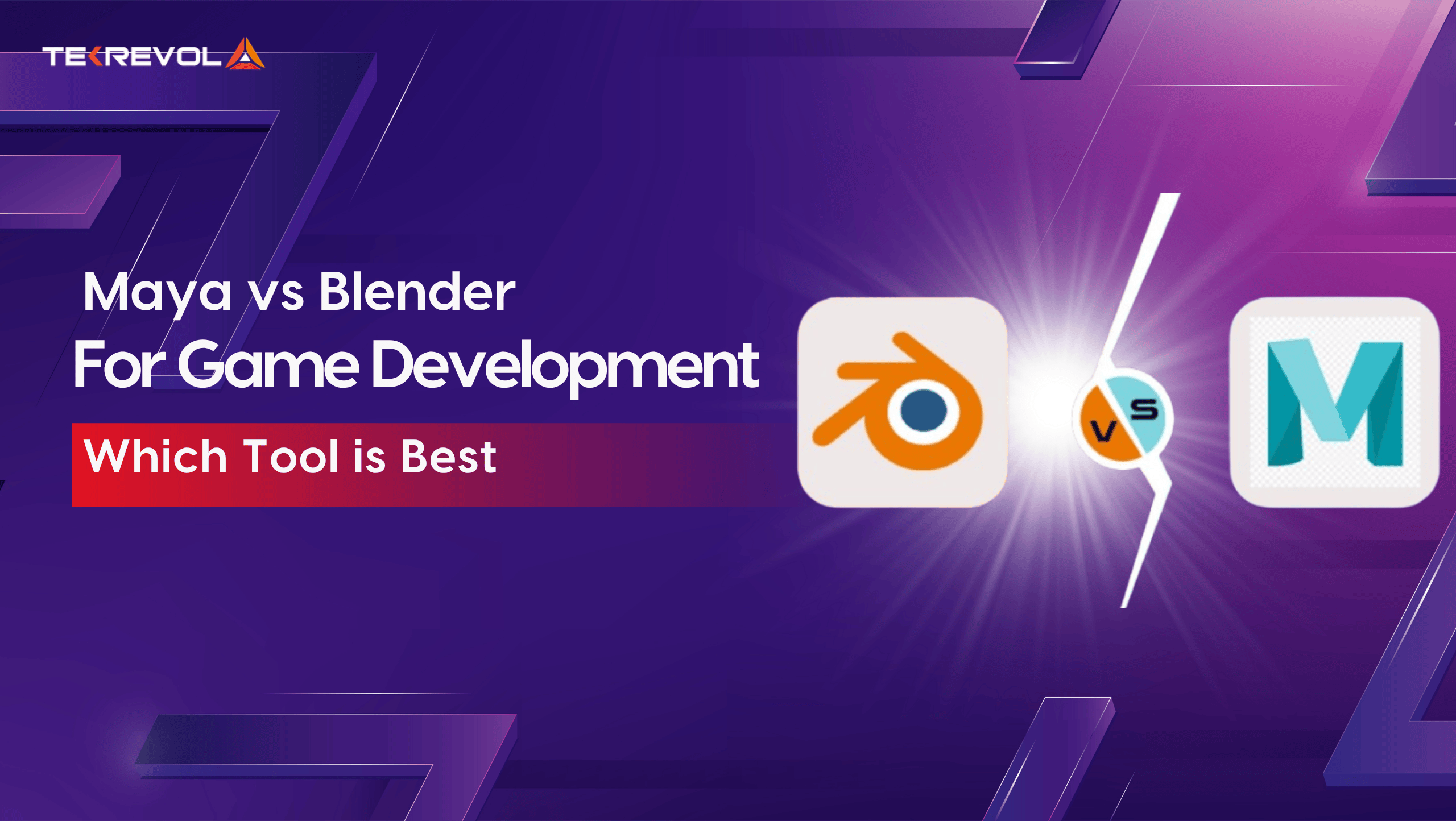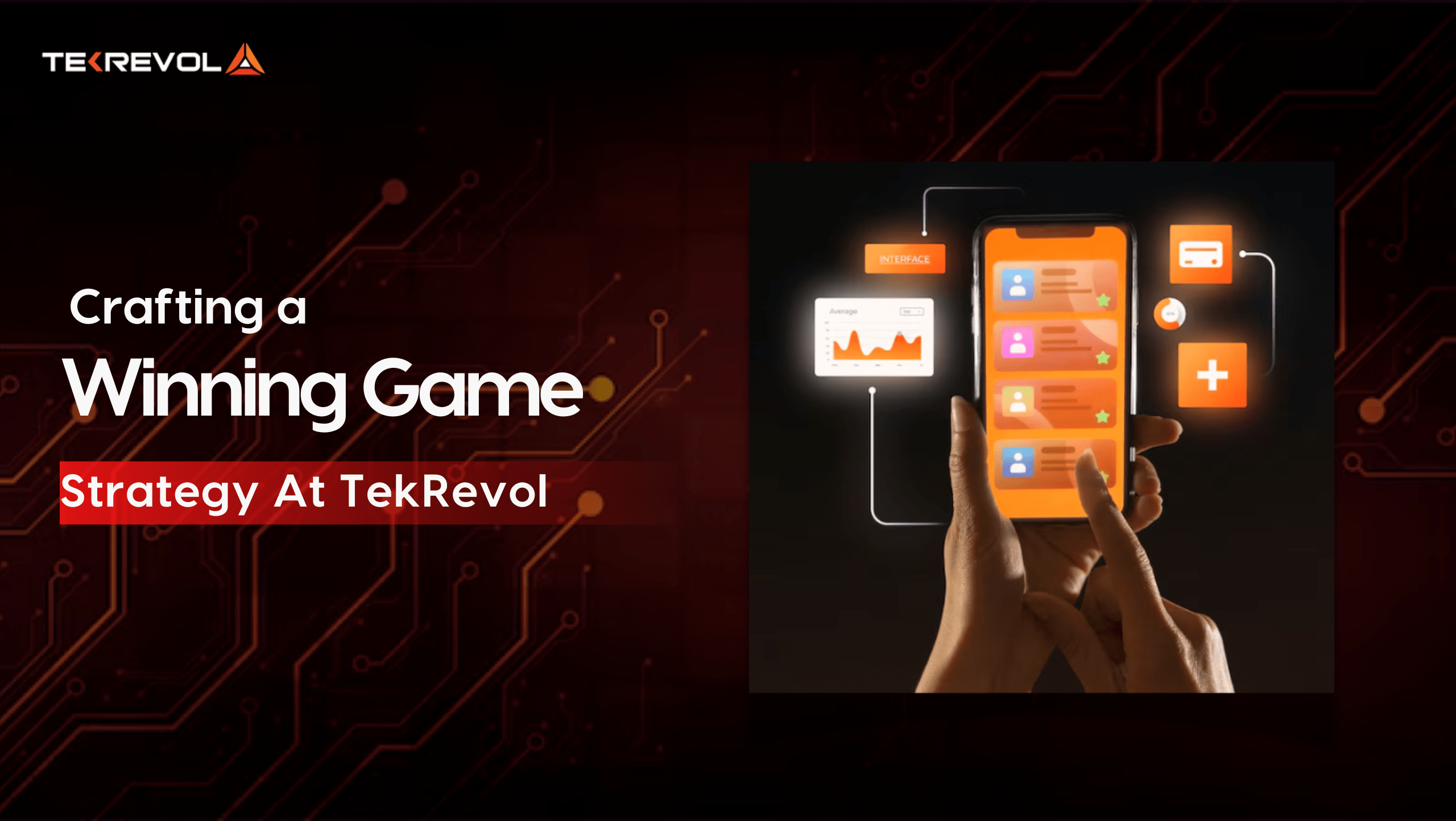A major question that comes up when you are working on game development is whether to choose between Maya vs Blender. Both of these are great 3D software, but they differ in their functionalities, particularly in the areas of modeling, animation, and producing eye-catching game worlds.
When it comes to tools that actually slay, it’s a two-horse race: Blender vs. Maya. One’s free and feral, the other’s bougie but powerful. Pick your fighter.
Are you a guy who loves animating games but seems to trouble yourself with choosing the right tools? Well, don’t worry about that as these models are the main hub of the decision-making process, as they bring a unique idea to life with detailed sculpting characters, stunning environments, or even animating seamless game sequences.
The global 3D animation market is projected to reach $39.96 billion by 2030, driven by demand in gaming, media, and entertainment.
So, if you are stuck between Maya vs Blender, then this guide will help you determine which software is best suited for your game development cycle, vision, and technical requirements.
Let’s delve further and learn how autodesk Blender vs Maya is a serious competition for both modules.
Maya vs Blender: A Technical Overview and Statistics
Autodesk Maya is a professional 3D game development software designed to create animated applications that are specifically used by AAA game developers, VFX production, and animation studies.
Maya is a professional tool designed specifically for large studios, while Blender is a strong, powerful, open-source software compatible for beginners, freelancers, and small-scale companies.
Blender’s an end-to-end package comprising sculpting, modeling, animation, VFX, compositing, and video editing as well. Being supported by an enthusiastic global community, Blender develops very quickly and is renowned for its usability and flexibility.
While both programs are capable, their respective strengths are in other directions. Maya is all about technical maturity and production dependability, while Blender excels with flexibility and ease of use.
Feature Comparison Table For Maya vs Blender
| Feature | Maya | Blender |
| Licensing Cost | Paid (Subscription) | Free and Open Source |
| Animation Tools | Industry-standard, advanced | Strong, improving rapidly |
| Modeling Capabilities | Precision-focused, scalable | Agile, user-friendly |
| Rendering Engines | Arnold (High-fidelity) | Eevee (Real-time), Cycles (Ray-traced) |
| Game Engine Integration | Deep (Unity, Unreal) | Improving, with add-on support |
| Community & Learning | Moderate, formal training needed | Large, active, beginner-friendly |
| Team Collaboration Tools | Advanced, pipeline-ready | Basic to moderate |
- Still confused between Maya and Blender for your next Game?
- At TekRevol, we don't just compare tools but help you master them. Let's bring your game to life.
Game Asset Creation Capabilities
Modeling is at the heart of any game development process. Whether it’s a stylized character or a realistic vehicle, your modeling tool must be capable and efficient.
In Maya, polygonal modeling is incredibly precise. It includes:
- Advanced tools for UV mapping
- Retopology for 3D modeling
- Mesh optimization to reduce surface model complexity
- Sculpting workflows and deformation tools for refining asset.
- Supports procedural modeling through plugins
It’s viewport is designed to handle complex assets without lagging, which is especially useful in large-scale game environments.
Blender, while slightly less technical in some areas, has dramatically improved its modeling toolkit. It features:
- Powerful sculpting brushes
- Real-time modifiers
- Intuitive interface that enables rapid asset development.
Blender’s modeling feels fluid and accessible, making it ideal for concept-to-creation workflows. For indie games or stylized projects, Blender’s versatility often accelerates the creative process.
Animation Workflows Compared

When it comes to animation, a crucial component in game development, Maya vs Blender for animation is a heavily debated topic.
Maya has long been considered the industry benchmark for character animation. It includes:
- Advanced rigging systems
- Motion paths
- The HumanIK rigging solution
- Motion capture integration.
Maya’s Graph Editor and Time Editor allow animators to refine every movement with detailed control. Studios appreciate Maya’s ability to deliver highly realistic and complex animations for in-game and cinematic use.
Blender, on the other hand, has made incredible strides in animation.
- The introduction of the Non-Linear Animation (NLA) editor,
- Improved pose libraries
- Grease Pencil tools enables a wide range of animation styles.
From frame-by-frame 2D animation to procedural bone systems, Blender has become increasingly viable, especially for smaller studios or stylized games.
However, Maya still holds an edge for animation in terms of depth, reliability, and studio integration. It also reflects how 2D vs 3D game development is made possible with the Maya tool.
| Aspect | Maya vs Blender for Animation |
| Rigging Tools | Maya offers advanced rigging (HumanIK, mocap); Blender has solid, evolving tools. |
| Animation Editors | Maya features Graph & Time Editors; Blender uses NLA, Dope Sheet, and Action Editor. |
| 2D Animation | Limited in Maya; Blender excels with Grease Pencil for frame-by-frame work. |
| Studio Fit | Maya suits AAA, realistic animation; Blender fits stylized or indie workflows. |
| Pipeline Integration | Maya integrates deeply with pro pipelines; Blender requires more customization. |
User Experience: Which is Easier to Learn?
For new game developers, the steepness of the learning curve can make or break their decision. Meanwhile, understanding the game design vs development is very important as it clears your vision.
Blender wins this round due to the following aspects:
- Cleaner interface and modern design make it easier to pick up.
- Massive collection of free tutorials and a strong support community.
- Free and open-source license removes costly commitments and encourages experimentation.
Maya, while incredibly powerful, comes with some challenges:
- A complex interface can be overwhelming for beginners.
- Steeper learning curve, better suited for those with formal 3D education or prior experience.
- Offers a free version for students, but commercial use requires a subscription.
So, when considering Maya vs Blender for beginners, Blender emerges as the more accessible choice.
Pricing and Licensing: Blender vs Autodesk Maya
The cost difference between Autodesk Maya and Blender is one of the most striking contrasts.
Blender:
- 100% free and open-source.
- No licensing fees, no subscriptions, and no usage restrictions.
- Suitable for both hobbyists and professional studios.
Maya:
- Subscription-based model.
- As of 2025:
- ~$235/month
- ~$1,875/year
- Free for educational use, but commercial projects require a paid license.
- Can be a significant financial barrier for solo developers and startups.
From a financial standpoint, Blender wins. But game development costs can vary from the materials and features used in the production.
Rendering Performance and Output
Rendering engines are essential for game previews, cinematic cutscenes, and visual polish.
Maya:
- Equipped with Arnold Renderer, known for:
- High-fidelity output
- Realistic shaders and lighting
- Widely used for in-game cinematics and character renderings
Blender:
- Features Eevee and Cycles rendering engines:
- Eevee: Real-time rendering, ideal for quick previews and game-ready visuals.
- Cycles: Ray-traced, photorealistic output rivaling commercial rendering engines.
- Offers flexibility to switch between speed (Eevee) and quality (Cycles) as needed.
When comparing Maya 3d vs Blender for rendering, Maya is more suitable for cinematic realism, while Blender gives more flexibility for iterative design.
Integration with Game Engines
No game development workflow is complete without integration with popular engines like Unity and Unreal.
Maya:
- Strong FBX export options.
- Detailed control over skeletons, rigs, and animation data.
- Seamless integration into professional VFX and cinematic pipelines.
- Often preferred by larger teams and studios.
Blender:
- Supports formats like FBX, OBJ, glTF, etc.
- Easily exports to Unity and Unreal.
- FBX export can be glitchy, especially with complex rigs and animations.
- However, community tools and add-ons are constantly improving this process.
If tight integration with a game engine and studio-standard workflows is key, Maya has the upper hand. Blender, while improving, might require more manual fixes.
- Bring Your Game World to Life with Maya or Blender
- Partner with TekRevol to build unforgettable gameplay experiences from the ground up, with the help of our expert developers.
Power and Capability: How Much More Powerful is Maya vs Blender?
If you’re wondering how much more powerful Maya is vs Blender, the answer lies in the context.
Maya is more powerful for large-scale productions, especially where complex simulations, high-end animation, and plugin extensibility are required. Tools like Bifrost, nCloth, and XGen make it ideal for high-level simulations and VFX. Maya also integrates better with pipeline tools used in AAA studios.
Blender is not far behind. Its node-based shader editor, geometry nodes, and compositing tools give it incredible depth for a free tool. It also supports VFX, fluid simulations, and physics-based animation—features once exclusive to premium software.
While Maya may still be technically superior in enterprise environments, Blender’s power is more than sufficient for the vast majority of game development needs.
Which Tool Do Studios Prefer for Game Development?
In the Maya vs Blender for games debate, studio size and pipeline maturity often determine the winner.
AAA studios typically prefer Maya for its stability, legacy, and support ecosystem. It’s embedded in many high-end production pipelines, from asset creation to final rendering. Game studios working with film or cinematic assets often default to Maya.
Blender, on the other hand, is rapidly gaining popularity in the indie and mid-tier game space. It supports faster turnaround, fewer licensing constraints, and a growing suite of features that rival its paid counterparts.
Real-World Studio Examples:
- Ubisoft has incorporated Blender in some of its pipelines, particularly for prototyping and quick asset generation.
- Epic Games supports Blender through funding initiatives and has praised its compatibility with Unreal Engine.
- Ephere and Embark Studios have openly adopted Blender for full-scale projects and stylized games.
So, in terms of Blender vs Maya, which is better, it all comes down to your team structure and project scope.
- Maya or Blender? Both are flexible with cinematic edge, but what's right for your game?
- At TekRevol, we help you understand your vision and align the right tools for your storytelling.
Collaboration and Workflow Support
In collaborative environments, software must support teamwork and pipeline integration.
Maya provides advanced version control compatibility, referencing systems, and supports tools like ShotGrid, making it ideal for larger production teams.
Blender can be customized for collaborative work using add-ons and cloud tools like Blender Studio, but it lacks some of the native enterprise support features that Maya offers.
For solo developers or small teams, Blender works well. But for bigger teams needing structured collaboration, Maya offers more infrastructure
How TekRevol Can Help with Game Development
Choosing between Maya and Blender is just one step in building a successful game. At TekRevol, we understand that every game is unique and requires a tailored development approach.
Our team of experienced game developers, designers, and 3D animation insights with both Maya and Blender, depending on what best suits your project. Whether you’re creating an immersive AAA experience or an innovative indie title, we offer:
- Game art and animation services
- 3D asset modeling
- Engine integration and optimization
- Full-cycle game development
By elevating the success of both tools, it can bring your idealistic vision to life without compromising speed, quality, and creative flair.
- Choosing a tool defines your game's future.
- TekRevol helps you to make smart choices between Maya and Blender, which brings a master gameplay with high-quality performance.
Final Thoughts
There is no winner of the Maya vs Blender in any formal sense. Both have their advantages, and the best option is based on your requirements for game development, team size, experience level, and budget.
Select Maya if you require advanced animation capabilities, studio-level collaboration tools, and extensive integration with game engines and pipelines.
Go for Blender if you need an affordable and feature-rich tool, an easy-to-use experience, and flexible workflows for independent or stylized games.
In the end of the day, either Maya or Blender, the software must be able to enhance your imagination, not restrict it. And if you require professional assistance bringing your game designs to life, TekRevol is here to assist you.






![What is Visual Regression Testing [2025 Definitive Guide]](https://d3r5yd0374231.cloudfront.net/images-tek/uploads/2025/11/Feature-19.jpg)


